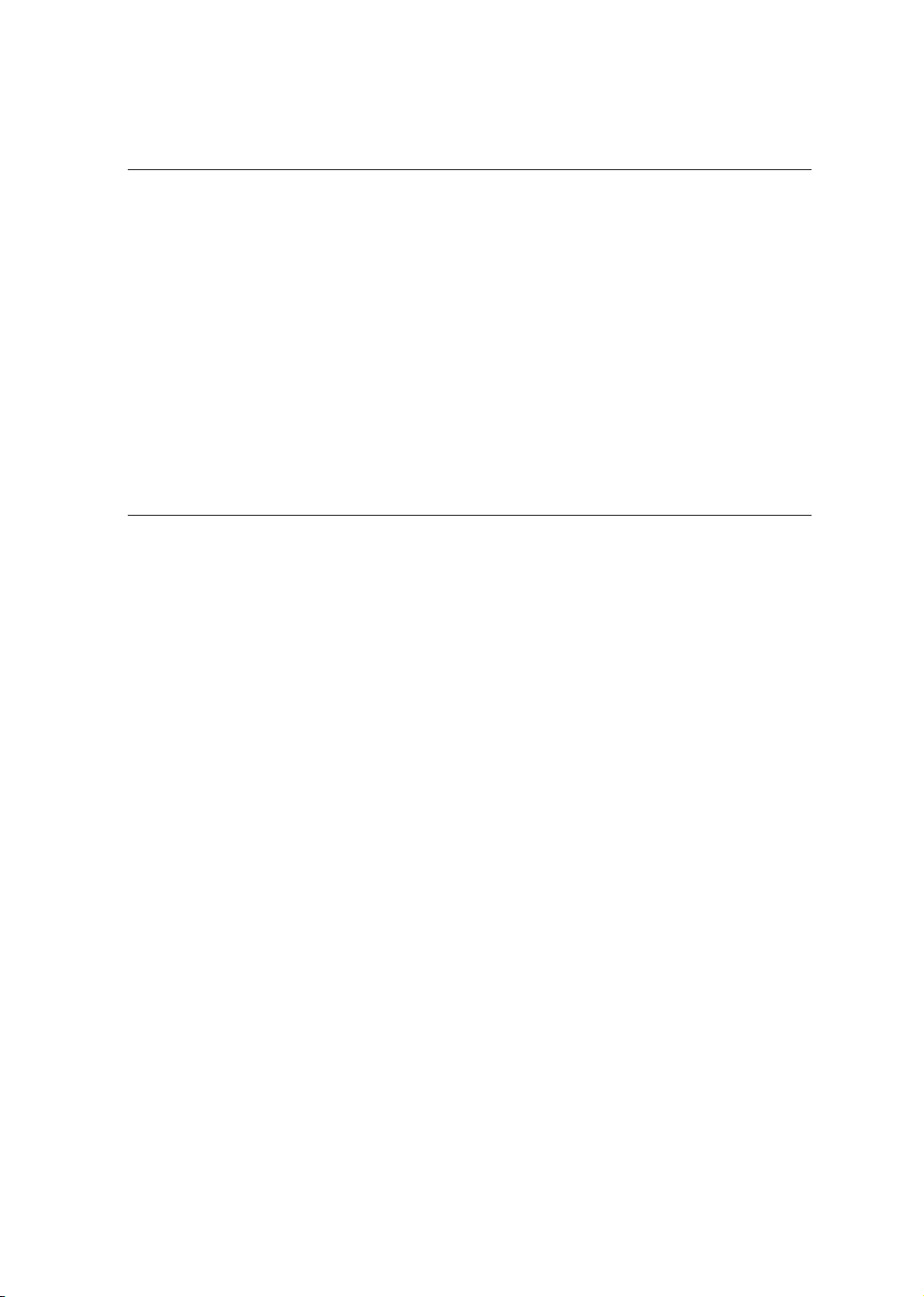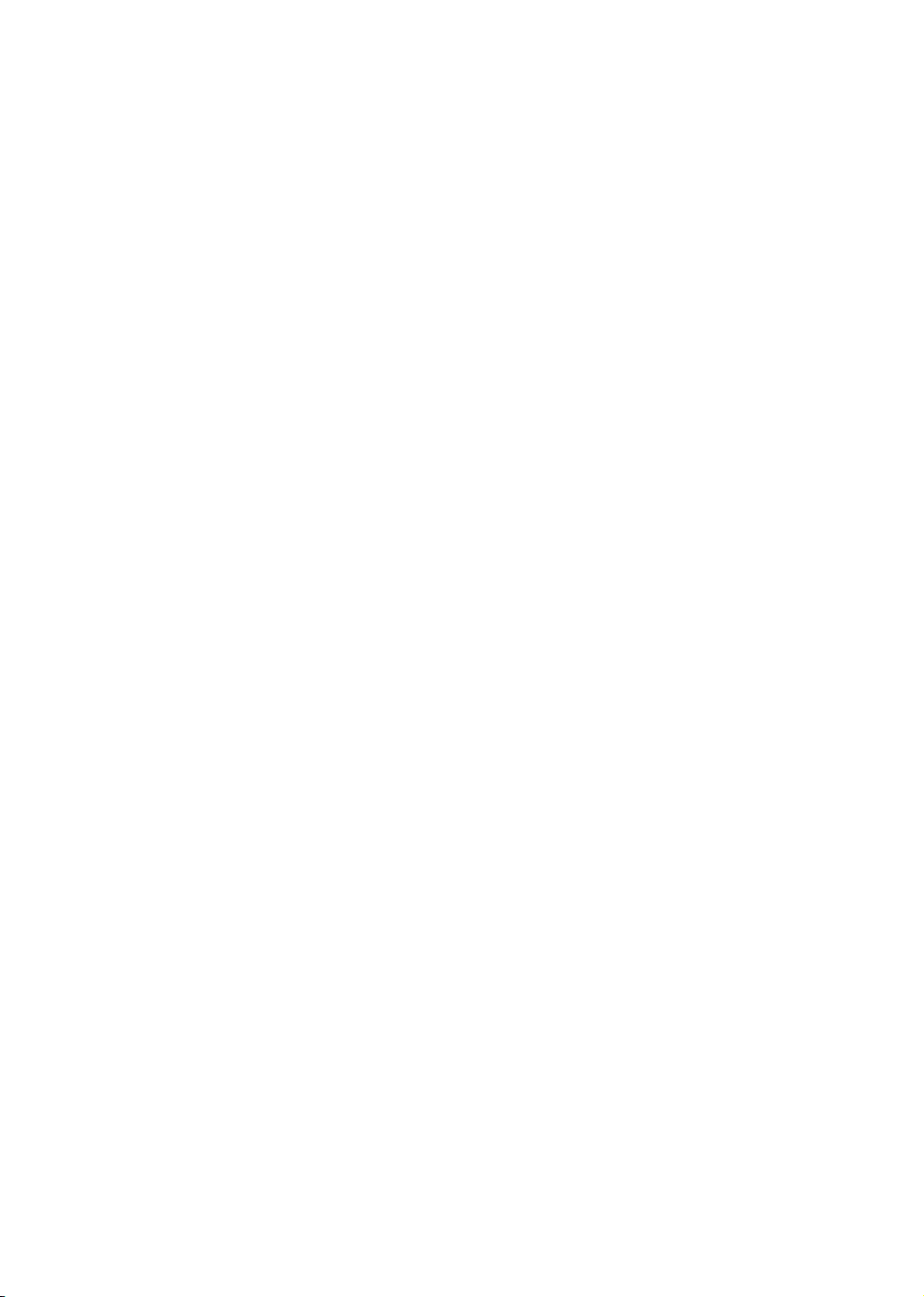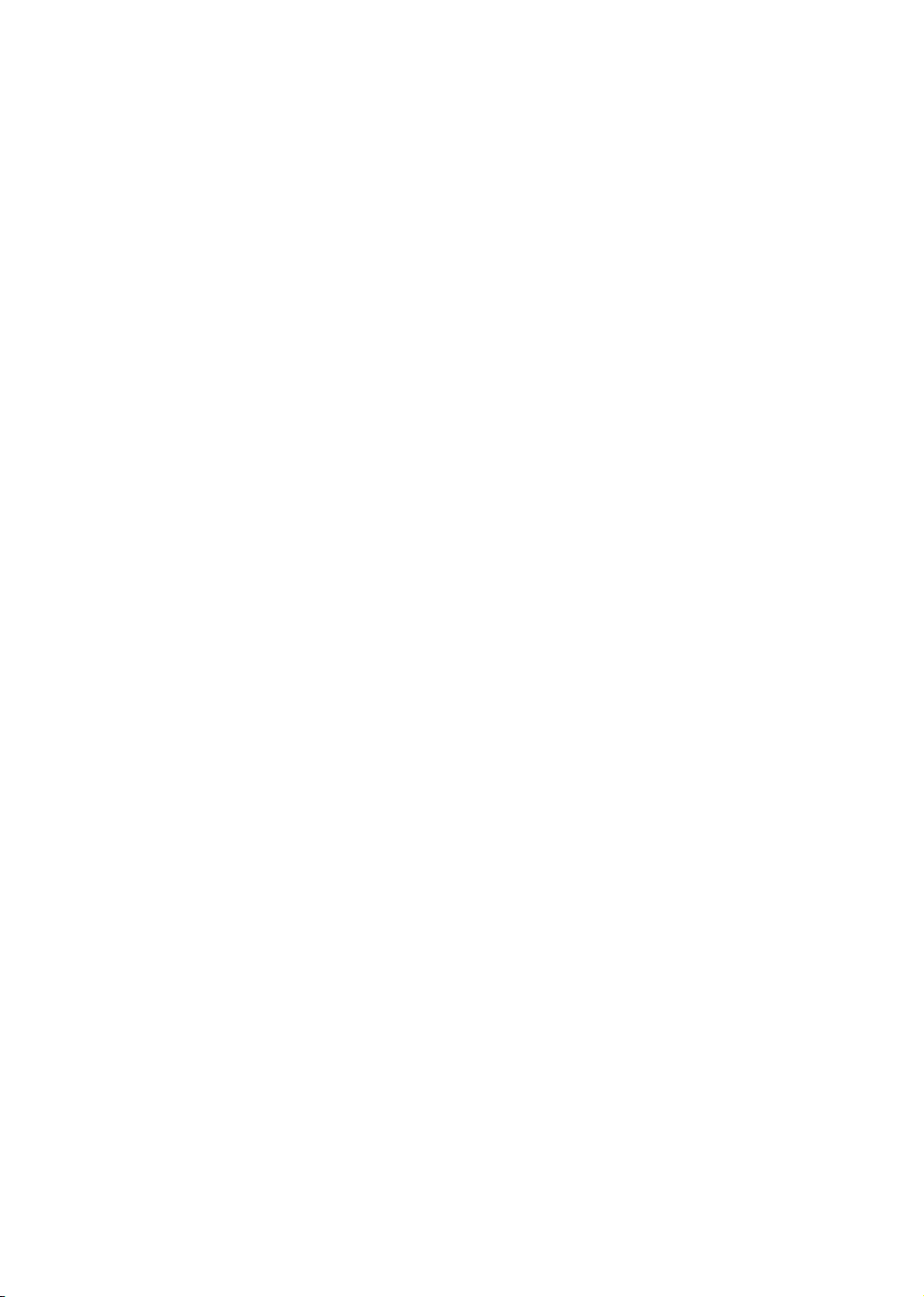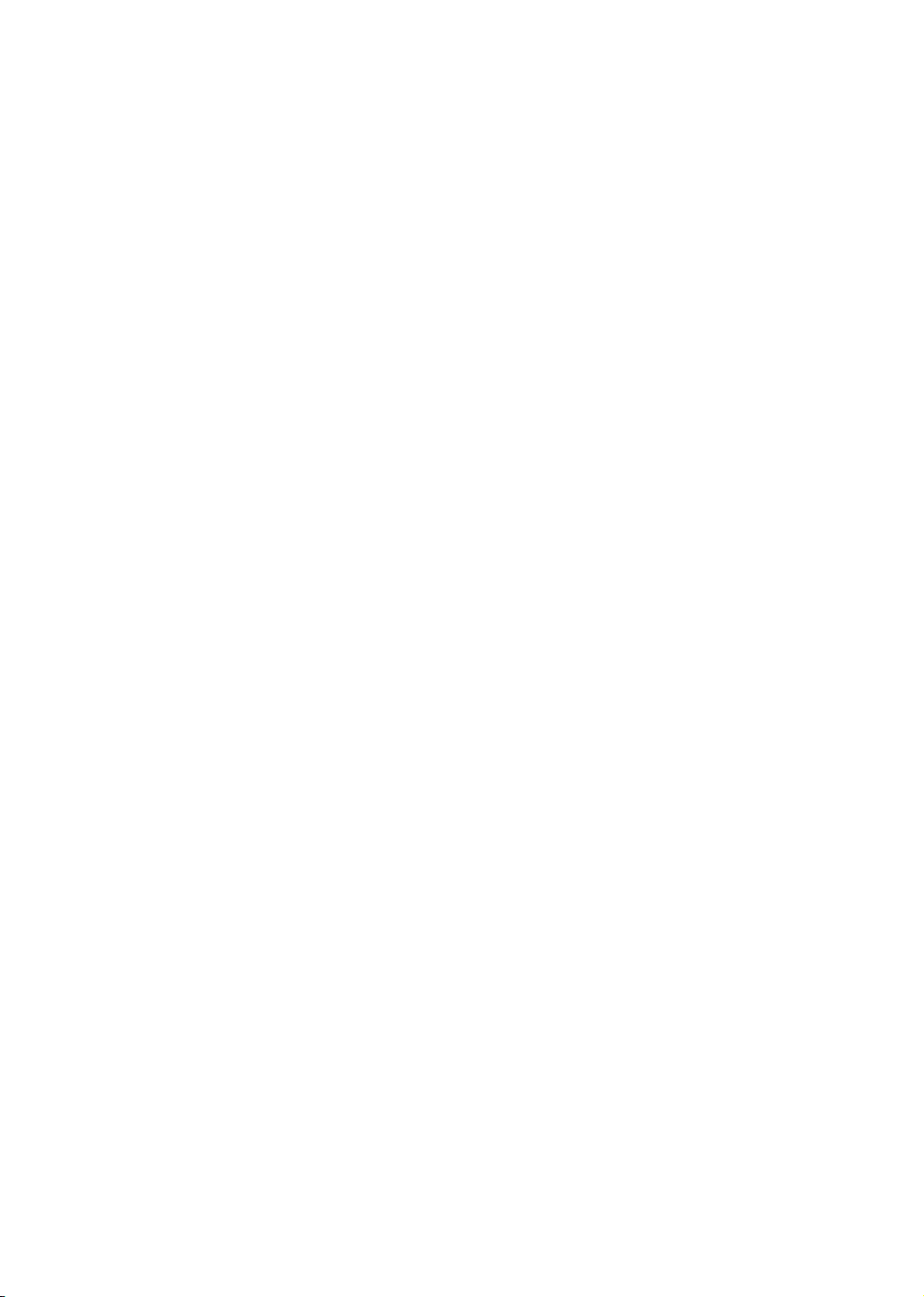CACI No. 3723. Substantial Deviation
Judicial Council of California Civil Jury Instructions (2023 edition)
Download PDF
3723.Substantial Deviation
If [an employee/a representative] combines the
[employee/representative]’s personal business with the employer’s
business, then the [employee/representative]’s conduct is within the scope
of [employment/authorization] unless the [employee/representative]
substantially deviates from the employer’s business.
Deviations that do not amount to abandoning the employer’s business,
such as incidental personal acts, minor delays, or deviations from the
most direct route, are reasonably expected and within the scope of
employment.
[Acts that are necessary for [an employee/a representative]’s comfort,
health, and convenience while at work are within the scope of
employment.]
New September 2003; Revised June 2006, April 2008, June 2014, May 2020
Directions for Use
This instruction may be given with CACI No. 3720, Scope of Employment, if the
facts indicate that the employee has combined business and personal activities. In
such a situation, the employee’s personal activities must constitute a “substantial
deviation” from or “abandonment” of the employer’s business in order to be outside
of the scope of employment. (See Farmers Ins. Group v. County of Santa Clara
(1995) 11 Cal.4th 992, 1004 [47 Cal.Rptr.2d 478, 906 P.2d 440].) The words
“reasonably expected” express foreseeability.
This instruction may be given with CACI No. 3725, Going-and-Coming
Rule - Vehicle-Use Exception, but not with CACI No. 3724, Going-and-Coming
Rule - Business-Errand Exception. (See Moradi v. Marsh USA, Inc. (2013) 219
Cal.App.4th 886, 907-908 [162 Cal.Rptr.3d 280].)
Give the optional third paragraph if the employee was at the work site when the act
giving rise to liability occurred, but was not directly involved in performing job
duties at the time (for example, at lunch or on break). (See Vogt v. Herron
Construction, Inc. (2011) 200 Cal.App.4th 643, 651 [132 Cal.Rptr.3d 683].)
Sources and Authority
• “[C]ases that have considered recovery against an employer for injuries
occurring within the scope and during the period of employment have
established a general rule of liability ‘with a few exceptions’ in instances where
the employee has ‘substantially deviated from his duties for personal purposes.’ ”
(Mary M. v. City of Los Angeles (1991) 54 Cal.3d 202, 218 [285 Cal.Rptr. 99,
814 P.2d 1341], internal citation omitted.)
• “An exception [to employer liability] is made when the employee has
775

substantially deviated from his duties for personal purposes at the time of the
tortious act. While a minor deviation is foreseeable and will not excuse the
employer from liability, a deviation from the employee’s duties that is ‘ “so
material or substantial as to amount to an entire departure” ’ from those duties
will take the employee’s conduct out of the scope of employment.” (Halliburton
Energy Services, Inc. v. Department of Transportation (2013) 220 Cal.App.4th
87, 95 [162 Cal.Rptr.3d 752], internal citations omitted.)
• “While the question of whether an employee has departed from his special
errand is normally one of fact for the jury, where the evidence clearly shows a
complete abandonment, the court may make the determination that the employee
is outside the scope of his employment as a matter of law.” (Moradi, supra, 219
Cal.App.4th at p. 907.)
• “In some cases, the relationship between an employee’s work and wrongful
conduct is so attenuated that a jury could not reasonably conclude that the act
was within the scope of employment.” (Mary M., supra, 54 Cal.3d at p. 213,
internal citations omitted.)
• “The fact that an employee is not engaged in the ultimate object of his
employment at the time of his wrongful act does not preclude attribution of
liability to an employer.” (Alma W. v. Oakland Unified School Dist. (1981) 123
Cal.App.3d 133, 139 [176 Cal.Rptr. 287], internal citation omitted.)
• “One traditional means of defining this foreseeability is seen in the distinction
between minor ‘deviations’ and substantial ‘departures’ from the employer’s
business. The former are deemed foreseeable and remain within the scope of
employment; the latter are unforeseeable and take the employee outside the
scope of his employment.” (Moradi, supra, 219 Cal.App.4th at p. 901, original
italics.)
• “ ‘ “[W]here the employee is combining his own business with that of his
employer, or attending to both at substantially the same time, no nice inquiry
will be made as to which business he was actually engaged in at the time of
injury, unless it clearly appears that neither directly nor indirectly could he have
been serving his employer.” ’ ” (Farmers Ins. Group, supra, 11 Cal.4th at p.
1004.)
• “Generally, ‘[i]f the main purpose of [the employee’s] activity is still the
employer’s business, it does not cease to be within the scope of the employment
by reason of incidental personal acts, slight delays, or deflections from the most
direct route.’ ” (Halliburton Energy Services, Inc., supra, 220 Cal.App.4th at p.
98.)
• “Important factors in determining whether there has been a complete departure
or merely a deviation are those of time and place. Thus, the fact that the
employee is on the same route of return which he would use for both his
employer’s mission and his own is a factor tending to show a combination of
missions. The amount of time consumed in the personal activity is likewise to be
weighed. The nature of the digression is also to be considered. If the digression
CACI No. 3723 VICARIOUS RESPONSIBILITY
776

was in itself an inducement for [employee] to undertake the special errand or
was connected with the performance of the errand, for example, as a reward, the
jury would be entitled to weigh these facts in deciding whether there had been
the complete departure from duty which is requisite to terminate course of
employment.” (Trejo v. Maciel (1966) 239 Cal.App.2d 487, 496-497 [48
Cal.Rptr. 765].)
• “[A]cts necessary to the comfort, convenience, health, and welfare of the
employee while at work, though strictly personal and not acts of service, do not
take the employee outside the scope of employment.” (Vogt, supra, 200
Cal.App.4th at p. 651.)
• “Here, the required vehicle exception to the going and coming rule, not the
special errand exception, governs our analysis. Accordingly, we have not applied
the six factors used in special errand cases to determine whether [employee] was
acting within the scope of her employment at the time of the accident. [¶]
Rather, we have applied the relevant principles under the required vehicle
exception. Those principles differ from the six factors used to determine whether
the special errand exception applies. In the present case, [employer] required
[employee] to use her personal vehicle to travel to and from the office and other
destinations. She also had to use her personal vehicle before, during, and after
regular work hours to develop new business. We have properly examined
whether [employee]’s use of her personal vehicle conferred an incidental benefit
on [employer] - it did; whether her planned stops at the frozen yogurt shop and
the yoga studio were an unforeseeable, substantial departure from her
commute - they were not; whether they were a foreseeable, minor deviation from
her regular commute - they were; whether they were not so unusual or startling
that it would be unfair to include the resulting loss among the other costs of the
employer’s business - they were not; and whether they were necessary for
[employee]’s comfort, convenience, health, and welfare - they were.” (Moradi,
supra, 219 Cal.App.4th at pp. 907-908.)
• “We envision the link between respondeat superior and most work-related cell
phone calls while driving as falling along a continuum. Sometimes the link
between the job and the accident will be clear, as when an employee is on the
phone for work at the moment of the accident. Oftentimes, the link will fall into
a gray zone, as when an employee devotes some portion of his time and
attention to work calls during the car trip so that the journey cannot be fairly
called entirely personal. But sometimes, as here, the link is de minimis - one call
of less than one minute eight or nine minutes before an accident while traveling
on a personal errand of several miles’ duration heading neither to nor from a
worksite. When that happens, we find no respondeat superior as a matter of
law.” (Miller v. American Greetings Corp. (2008) 161 Cal.App.4th 1055, 1063
[74 Cal.Rptr.3d 776].)
Secondary Sources
3 Witkin, Summary of California Law (11th ed. 2017) Agency and Employment,
§§ 186-205
VICARIOUS RESPONSIBILITY CACI No. 3723
777

6 Witkin, Summary of California Law (11th ed. 2017) Torts, § 1865 et seq.
Haning et al., California Practice Guide: Personal Injury, Ch. 2(II)-A, Vicarious
Liability, ¶¶ 2:716, 2:735 (The Rutter Group)
1 Levy et al., California Torts, Ch. 8, Vicarious Liability, § 8.03[3] (Matthew
Bender)
2 California Employment Law, Ch. 30, Employers’ Tort Liability to Third Parties for
Conduct of Employees, § 30.05 (Matthew Bender)
21 California Forms of Pleading and Practice, Ch. 248, Employer’s Liability for
Employee’s Torts, § 248.16 (Matthew Bender)
10 California Points and Authorities, Ch. 100A, Employer and Employee:
Respondeat Superior, §§ 100A.28, 100A.35 (Matthew Bender)
California Civil Practice: Torts § 3:8 (Thomson Reuters)
CACI No. 3723 VICARIOUS RESPONSIBILITY
778
© Judicial Council of California.